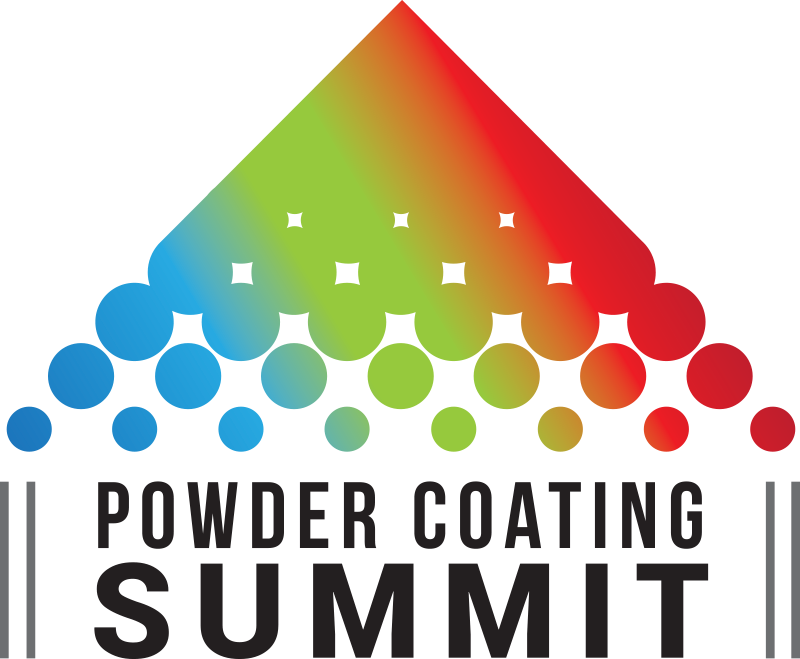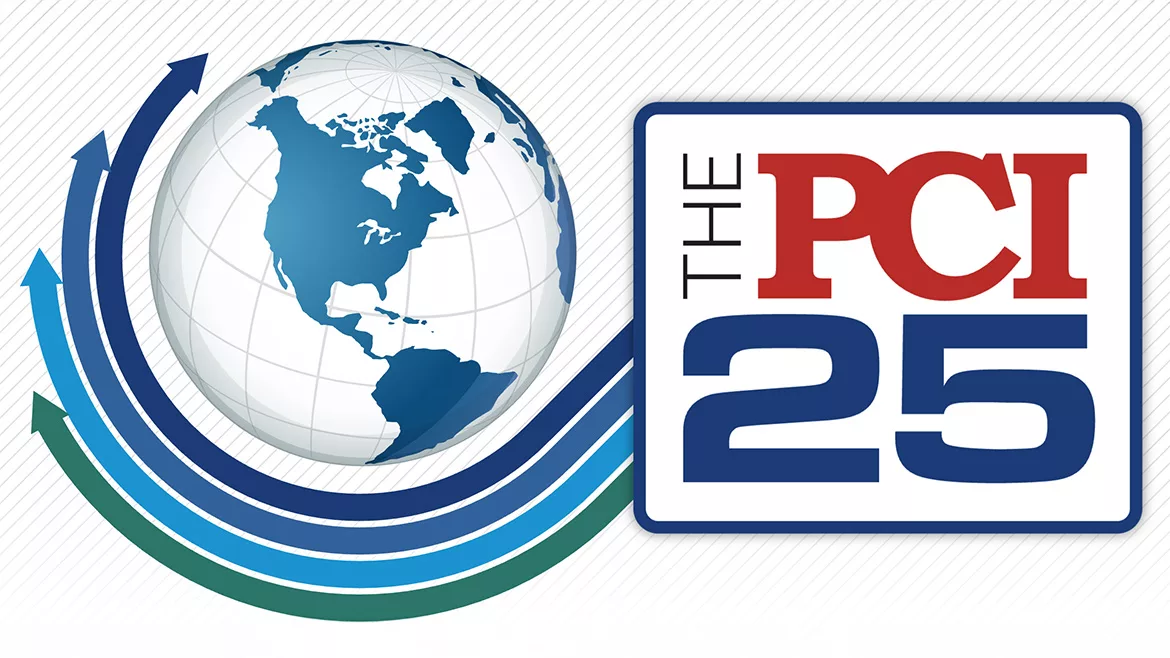Ultraviolet Cure-in-Place Technology


Increasingly, formulators are turning to ultraviolet (UV)-cure technology to develop high-performance wood coatings. Through careful raw material selection, UV-cure coatings formulators can more easily manipulate physical properties, such as chemical and weather resistance, as well as mechanical properties, such as tensile strength and elongation. Controlling these properties enables formulators to create customized coatings that meet specific performance criteria for each application (i.e., excellent abrasion resistance for wood flooring, superior water resistance for wood furniture).
In addition to performance benefits, UV-cure technology provides processing advantages over traditional solventborne technology. First, because there are no solvents involved, formulators are able to reduce volatile organic compound (VOC) emissions for simpler EPA compliance. UV-cure coatings also dry more quickly than their solventborne counterparts, speeding production times for increased profitability. For more on UV-cure technology, please read "The Basics of Cure-in-Place Technology" sidebar.
But in order to reap all of the performance and processing benefits of UV-cure technology, formulators must work with the right raw materials for each application. The most critical raw material is the oligomer, which imparts the basic properties that shape the final coating. This article provides a quick look at the oligomers commonly used in wood coatings, followed by the detailed results of a recent study that pitted a new polyester acrylate oligomer against several industry-standard oligomers. The new oligomer outperformed the industry standards in a series of tests, proving it is ideal for UV-cure wood coating applications.

A Primer in Oligomers
The three most commonly used oligomer classes in the UV-curable wood coatings industry are urethane acrylates, epoxy acrylates and polyester acrylates.Urethane acrylate oligomers are high-molecular-weight, reactive, high-performance oligomers offering superior physical and mechanical properties. Key determinants of urethane acrylate oligomer performance lie in the structural elements of the molecule. Urethane acrylates provide excellent weatherability and are non-yellowing with high gloss, making them ideal for wood coatings.
Epoxy acrylate oligomers are attractive to some formulators because they are more economical, although they tend to yellow with time. Mechanical properties of the epoxy acrylate oligomers are excellent; they provide chemical resistance, abrasion resistance, water resistance and hardness.
Polyester acrylate oligomers are a class of oligomers used in UV-curable wood coatings to economically provide superior physical and mechanical properties. Higher-priced urethane acrylates can be replaced with the more economical polyester acrylate oligomers without sacrificing performance. Lower-priced epoxy acrylates can be replaced with polyester acrylates - with the added benefits of better yellowing resistance and weathering characteristics.

New Oligomers for Improved Wood Coatings
Sartomer Co. recently developed a series of polyester acrylate oligomers specifically for wood coatings. Wood coating applications typically demand high gloss, which can be obtained from either an epoxy or urethane acrylate oligomer. They also demand excellent resistance to weathering, which is usually provided by urethane acrylate oligomers. In wood coatings, epoxy acrylates are generally used to provide resistance to chemicals, water and abrasion.However, polyester acrylates can replace all of these oligomers, enabling formulators to obtain the characteristics listed above with a single workhorse oligomer.
This article discusses two new polyester acrylate oligomers (CN2261 and CN2262), which were tested and compared to standard UV-curable oligomers used in the wood coating industry, including a bisphenol A epoxy diacrylate oligomer (CN120), a difunctional aliphatic urethane acrylate oligomer (CN963E75) and a standard polyester acrylate oligomer (Industry Polyester, abbreviated PE).

Performance Property Evaluation Methodology
Formulations containing one of the five oligomers presented in Table 1 were blended with 15.3% SR212 (1,3-butylene glycol diacrylate), 15.3% SR508 (dipropylene glycol diacrylate), 15.3% SR454 (3 mole ethoxylated trimethylolpropane triacrylate) and 4% SR1129 (µ-hydroxy ketone) photoinitiator.Films were drawn down on chromate-treated aluminum Q-panels using a number 40 Meyer wire-wound rod to yield a film thickness of 4.0 mils. Films were cured using a 300-watt-per-inch mercury lamp at 15 feet per minute.
The series of formulations were tested for physical and mechanical properties. Physical testing included the glass transition temperature (Tg), abrasion resistance and chemical resistance. Mechanical properties tested included tensile strength, modulus, and percent elongation at failure.

Test Results
Physical Properties of the Oligomers
The glass transition temperatures of the five formulations were evaluated. The Tg marks the onset of segmental mobility for a polymer; it is the temperature below which the polymer segments do not have sufficient energy to move past one another. Below the Tg, materials are a glass, and if the material is stressed, the only reversible response can be for bond angles and distances to be strained, since no gross movements of segments can take place. If the temperature is above the Tg, the segments rearrange to relieve an externally applied stress, which results in heat flow. The resulting values are inflection points determined by DSC (differential scanning calorimetry) analysis.As shown in Figure 1, CN120, the epoxy acrylate oligomer, and CN2262 have the highest glass transition temperatures, which means that the formulations they are part of have the highest Tgs as well. Coatings made using this oligomer are very hard and can also be brittle. CN2261 and the industry-standard PE-containing formulations both have Tgs of 45 deg C. The lowest Tg is seen for the CN963E75-containing formulation, which will yield the softest coating. For wood coatings, Tgs in the 45 deg C range are ideal as the resulting coating will not be too brittle and crack if something comes in contact with the wood surface. Neither will they be too soft and mar or scratch easily.
Whereas Tg data reveals information about the physical state of a coating in terms of its hardness, Taber abrasion testing determines the coatings' resistance to wear over time as a result of surface contact. Obviously, this is an important criterion for a wood coating.
Taber abrasion testing was performed using two different methods. First, the number of cycles to wear through 1.0 mil of coating using a 500-gram load was determined. Then, the milligrams of total weight loss for 500, 1000, 1500 and 2000 cycles using a 1,000-gram load were determined. Results of both tests are presented in Figures 2 and 3.

The data in Figure 3 indicates that after 1500 and 2000 cycles, CN2261 and CN963E75 outperform the industry-standard PE in the test formulation for wear resistance, which is one of the most desirable properties for wood coatings.
Since CN2261 outperforms the other Sartomer oligomers and the industry standard in both types of wear resistance, only this oligomer was compared to the industry-standard PE in further testing.
Because coating chemical resistance is vital in protecting the wood from liquid spills and stains, chemical resistance testing was performed using MEK double rubs. In this test, a cloth containing methyl ethyl ketone is rubbed over the coating surface. The test terminates after 200 rubs. The results, which are presented in Figure 4, reveal that after 200 MEK double rubs, both Sartomer's CN2261 and the industry standard perform at an outstanding level.

Mechanical Properties of the Oligomers
Formulation mechanical properties tested include tensile strength, elongation at failure and Young's modulus. Again, these mechanical properties were evaluated only for the formulations containing the polyester acrylate oligomers - CN2261 and the industry standard.Tensile strength, which is the resistance of a material to a force tending to tear it apart and is measured as the maximum tension the material can withstand without tearing, was measured on 4.0 mil films and cured as stated. Tensile strength test results (see Figure 5) show that CN2261 has more than twice the tensile strength of the polyester acrylate that is typically used in the UV-cure coatings industry.
Elongation, the deformation that results from the application of a tensile force and is calculated as the change in length divided by the original length, was also determined for the two polyester acrylates. Again, data shows (see Figure 6) that CN2261 has significantly higher elongation than the industry standard. The fact that CN2261 has the highest tensile strength, as well as the highest elongation at failure, is a unique feature of this oligomer. Typically, materials having high tensile properties also have low elongation to failure. This data shows that CN2261 is both a strong and tough material, making it an ideal candidate for UV-curable wood coatings.
Modulus, the ratio of the tensile stress in a material to the corresponding tensile strain, was the final mechanical property tested. The industry-standard polyester and CN2261 have almost identical and high modulus values (42,000 vs 40,000 psi), as shown in Figure 7.

Conclusions
The properties displayed by CN2261 indicate that it offers excellent chemical resistance as well as superior mechanical properties, all of which are required for wood coating applications. In short, this oligomer outperforms the UV-curing industry's most commonly used polyester acrylate oligomer.CN2261 also has advantages over other commonly used oligomers in the industry. Compared to typical epoxy acrylate oligomers, it is significantly lower in viscosity, offers superior wear properties, provides superior yellowing resistance, and has higher flexibility. And, compared to typical urethane acrylate oligomers, known as the high-performance oligomers of the UV-cure industry, CN2261 offers better wear resistance and lower viscosity at a lower cost.
In addition, CN2261 offers benefits that other UV-curable polyester acrylate oligomers do not. It provides excellent adhesion to most substrates, including wood. It provides good intra-coat adhesion, which means that multiple layers of coating can be applied without sanding between applications. This is particularly valuable in the wood coating industry. CN2261 also has a relatively high refractive index and low color, ultimately resulting in high-gloss coatings with excellent clarity and opacity. This oligomer can be used with a variety of monomers to tailor the viscosity to meet specific application needs.
Finally, CN2261 offers environmental and processing benefits. When formulated with CN2261, wood coatings can be cured efficiently and with low to zero VOC content. Additionally, improved performance and significantly decreased drying times can be achieved when specialty acrylic oligomers like CN2261 are used in formulating UV cure-in-place wood coatings.
Thanks to William Schaeffer of Sartomer Co. for providing data and discussion.
For more information, call 610/363.4199, fax 610/594.0252 or e-mail lujean.burak@sartomer.com.

The Basics of Cure-in-Place Technology
Ultraviolet light (UV) cure-in-place coatings are applied and immediately cured or polymerized on the substrate. As the name implies, UV cure-in-place technology initiates free-radical curing with UV light.With UV technology, coatings are cured-in-place using specialty acrylic esters, which include acrylate and methacrylate monomers and oligomers. These specialty acrylic esters offer numerous improvements over conventionally formulated and cured solventborne systems, such as low to zero VOC content, improved performance and significantly decreased drying times.
Formulations for UV coatings typically consist of a blend of an oligomer, monofunctional monomer, multifunctional monomer and photoinitiator, as well as additives and pigments. The oligomer imparts most of the basic properties of the final cured material, making it a critical formulation component. For additional details on the oligomers commonly used in UV-cure wood coatings, see the section titled "A Primer in Oligomers".
Looking for a reprint of this article?
From high-res PDFs to custom plaques, order your copy today!







